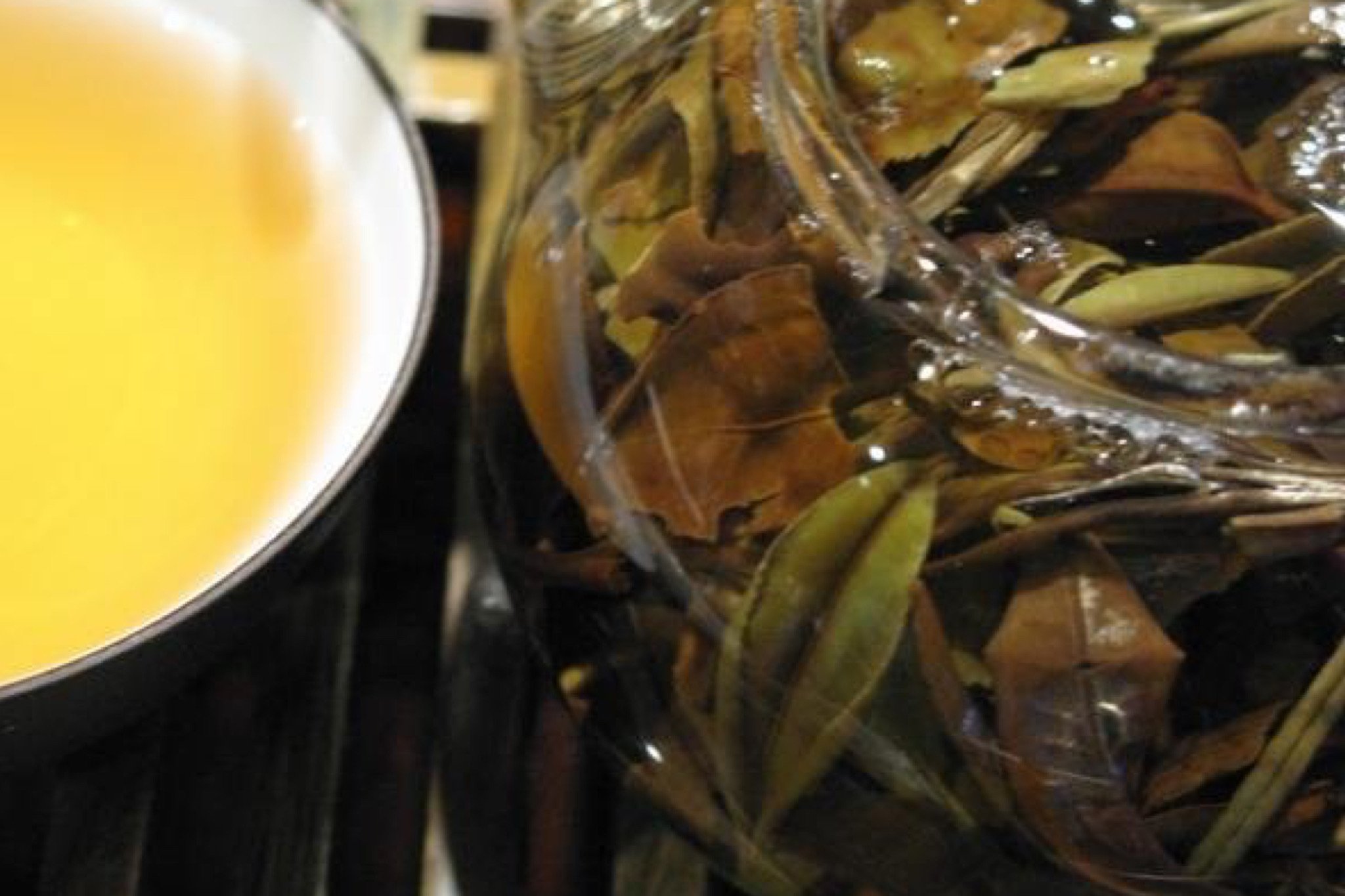Tea brewing 101
White Night white tea
Brewing tea is, at its heart, very simple… and intended to be joyful!
There are several basic steps:
Heat good-tasting water
Add tea (quantity to taste)
Steep
Strain and enjoy!
Re-steep for continued benefit and flavor
There are variations according to the type of tea that you are preparing.
Gongfu Cha is a more elaborate method of brewing and enjoying tea. Check that out too as you continue to explore the world of tea.
As you play with and learn the characteristics of each tea, tea brewing will become second nature. As a general rule, please pay attention to the following:
Brewing Vessel
Choose a teapot, covered cup, or glass, and preheat with hot water. Use a strainer to prevent leaves from entering the cup or spout.
Tea
Brew teas loose, not in a small tea ball or infuser. This allows the leaves to open fully and release all of the flavor and healthful qualities. As a general guideline, use 3g of tea per 8oz. of water. Whole-leaf teas vary in density, so use one teaspoon for compact teas and up to 2 tablespoons for voluminous teas per 8oz. of water. The quantity of tea will determine the strength, body, and intensity of flavor. Play around with quantity until you find your perfect cup. There are no rules here.
Water
Start with good-tasting water, such as spring or filtered. Avoid tap water; it contains chemicals which will affect the taste of the tea. Also, please do not use distilled or reverse osmosis purified water as it will leave your tea tasting flat. Over-boiling depletes the oxygen in the water and compromises flavor, so keep an eye on it. Do not use boiling water when brewing white or green teas. This will cook the leaves and destroy their delicate flavor.
SUGGESTED TEMPERATURES
Black Tea : 208°F
Pu'er : 212°F
White Tea, Yellow Tea, Green Tea : 160-175°F
Oolongs : 185-210°F
Steeping Time
Until you are familiar with a particular tea, steep it for a minute or two, and then try a sip. Pay attention to taste rather than color. When the tea tastes right to you, serve or pour off all the liquid to avoid over-steeping. Most teas are meant to be infused several times. Increase steeping time for subsequent infusions. Again, there are no hard and fast rules here. Try different steeping times and see what you like. For example, 30 seconds first steeping, 1 minute for the second, and 2 minutes for the third steeping. A digital timer is recommended. Many a cup has turned bitter when forgotten about. The timer will remind you in case you get busy thinking about other things!
Experiment
Experimentation cannot be emphasized enough. It is a most enjoyable aspect of discovering the qualities of different teas, and finding what is most desirable for you. Feel free to experiment with water temperature, brewing time, and proportion of tea to water. Watch the leaves unfurl and savor the aroma. Remember, these guidelines are just that. Enjoy.
Practice joy!
Above all, have fun in the world of tea! It is not rocket science and one does not need to be all rigid with rules about its preparation and enjoyment. If you pursue tea further, you and I can talk about different brewing methods that require more care and concentration. Tea can be incredibly meditative, a great way to start the morning and a terrific tool to help center yourself in the middle of a hectic day.


